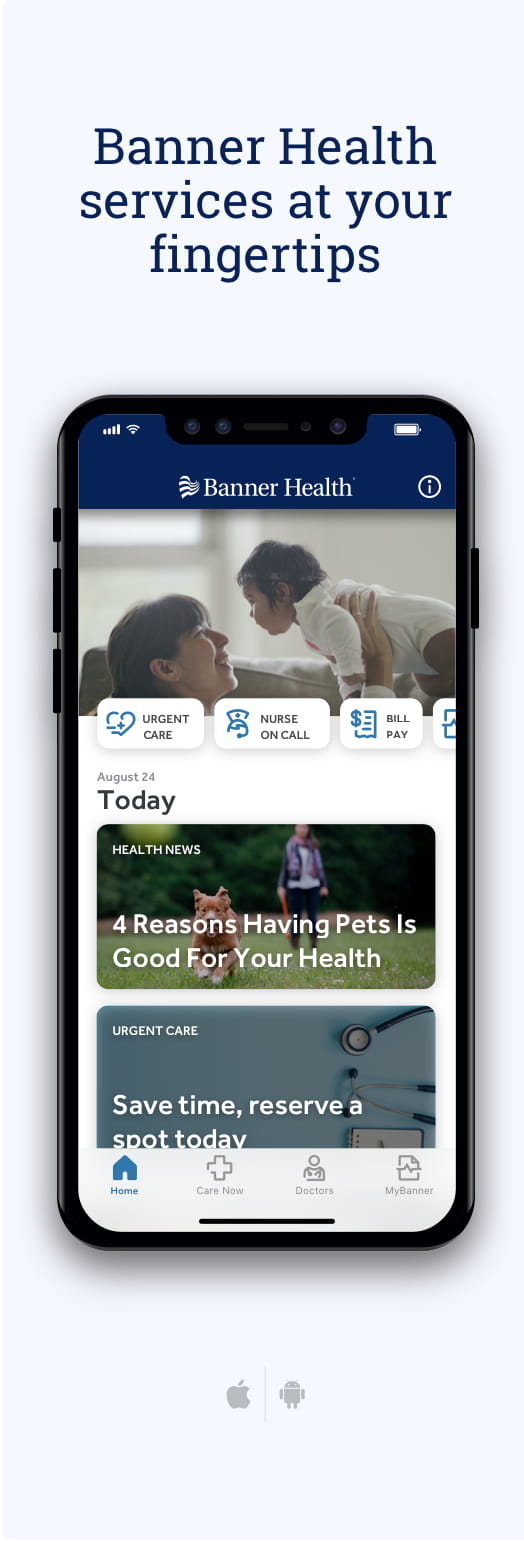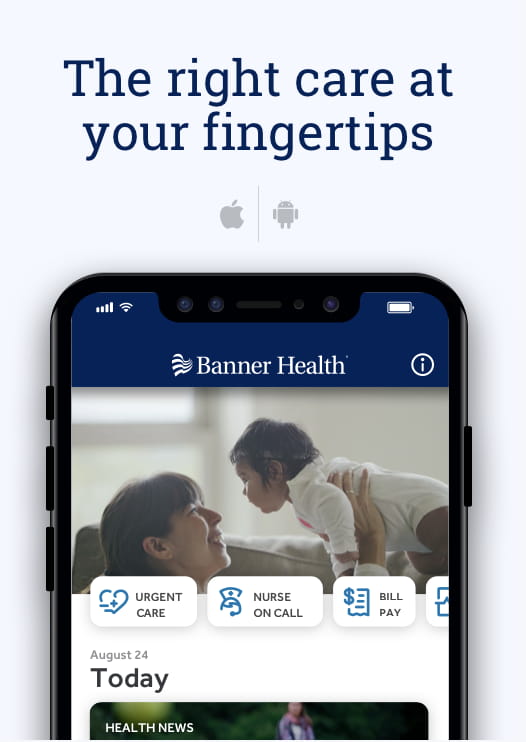If you’re at high risk for lung cancer, you might wonder if you should be screened. And you might have questions about how the process works and what to expect.
Kimberly Powers, associate director of RN clinical services with Banner MD Anderson Cancer Center, answered questions about lung cancer screening so you can feel more at ease if you’re thinking about scheduling a test.
Why should I have a lung cancer screening?
Detecting lung cancer early before any symptoms appear is important since this increases the odds of successful treatment. When you know about lung cancer, risk factors and screening options, you can make smart decisions about your health.
Who should be screened for lung cancer?
It’s important to know about lung cancer screenings. According to the American Lung Association, less than 6% of people eligible for screening get tested. That may be because of lack of access, low awareness or lack of knowledge among patients and health care providers.
Smoking is a common cause of cancer and lung cancer is the leading cause of cancer-related deaths in the United States, according to the American Lung Cancer Screening Initiative. Even if you don’t have any signs or symptoms related to lung cancer, you’re eligible for screening if you:
- Are 50 to 80 years old
- Are a smoker, or you quit within the last 15 years
- Smoked at least a pack of cigarettes a day for 20 years or two packs a day for 10 years
These guidelines can help you decide if screening is right for you. You can discuss your medical history, risk factors and concerns with your provider.
What happens during the screening test?
First, you’ll want to talk to your provider to understand the benefits and risks. “Together, you can decide what is best for you if you meet the criteria,” Powers said.
If you decide to get a lung screening scan, your provider can order the scan and you can schedule it at an imaging center or hospital outpatient facility that provides low-dose CT lung screening scans, sometimes called an LDCT screening, to create detailed pictures of your lungs. The scan uses a small amount of radiation — much less than a standard CT scan. You can discuss any concerns about being exposed to radiation with your provider.
You don’t need to do anything special before the scan. During the scan, you’ll lay on an exam table with your arms raised above your head. Your care team might use straps or pillows to help you stay in the right position comfortably. The table will move through the scanner. You’ll want to stay still so the images are clear. You may need to hold your breath for five to 10 seconds.
The whole appointment should take about 30 minutes from start to finish. The scan itself only takes a few minutes. It’s a fast, painless, non-invasive procedure (no needles are involved). You can return to work and your normal activities right after the scan.
You might be nervous about having the scan. Remember that finding any problems in the early stages is important so that you can treat them right away. Relaxation techniques, deep breathing and meditation can help you stay calm.
If you have a cold, flu or other respiratory infection, let your provider know before your scan. They might want you to wait to have the scan until a month after your symptoms go away. If you’re scanned when you’re sick, you might need to be scanned again.
What happens after the scan?
Your provider will look at the images to see if there are any concerns. If there are, they might recommend additional tests. That could be:
- Another scan in one to six months to look for any changes, and/or to see if the area of concern went away.
- A PET scan, which is an advanced imaging study that uses a radioactive substance called a tracer to look for diseases in the lungs (such as lung cancer).
- A biopsy (tissue sample) to check your lung tissue for nodules or signs of cancer.
If your provider uncovers a problem, about 95% of the time it’s not cancer. It could be scarring in your lung from an earlier infection, or small lymph nodes that show up on the scan. Your care team can talk to you about your follow-up plan and answer your questions.
You’ll probably need to be scanned again over time. The schedule will depend on your risk factors and the results of your first screening. People often repeat scans every year. Regular scans can help keep a close watch on your lung health.
The bottom line
With lung cancer screening, you can find problems early and start treating them. When you understand how the process works and what to expect, you may feel less nervous about the scan. Keeping your lungs as healthy as possible is important for your well-being.
Screening for lung cancer takes just a few minutes and is painless. You can get back to your regular activities as soon as you’re done. And you’ll know you’re taking an important step to stay healthy.
Keep the lines of communication open with your health care provider during the screening process so you stay informed. If you would like to connect with an expert who can help you decide if lung cancer screening is right for you, reach out to Banner Health.


